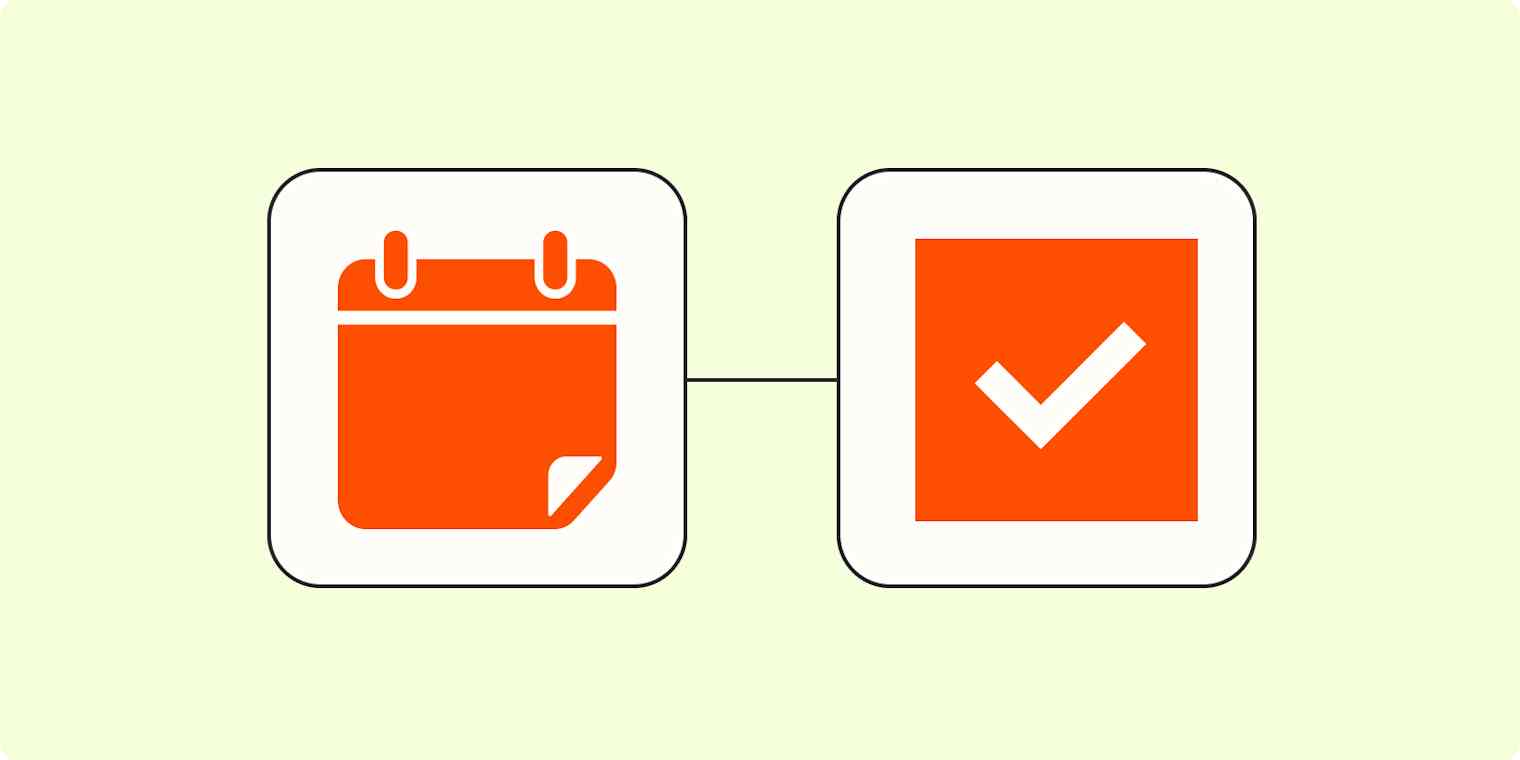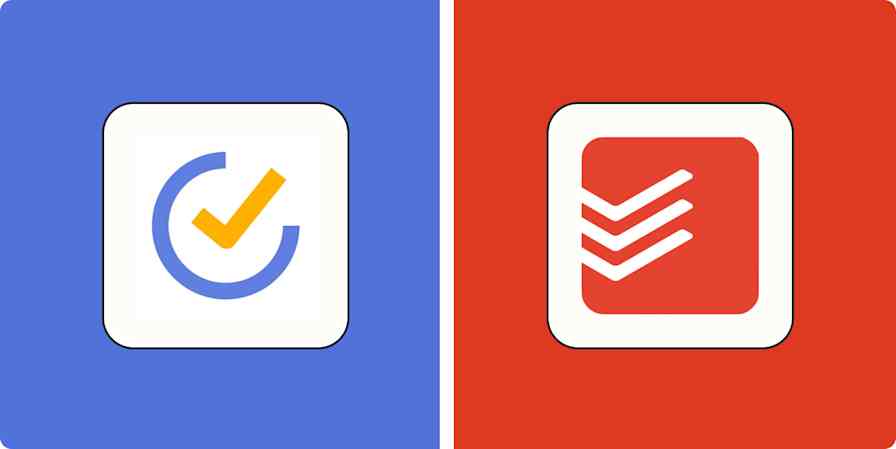Zapier tutorials
2 min readHow to automatically create tasks from calendar events
By Kaylee Moser · November 1, 2023

Get productivity tips delivered straight to your inbox
We’ll email you 1-3 times per week—and never share your information.
Related articles
Improve your productivity automatically. Use Zapier to get your apps working together.








